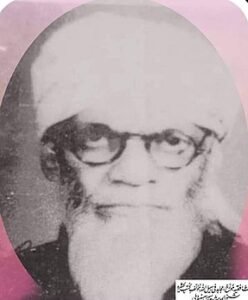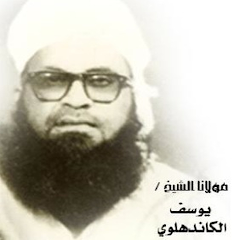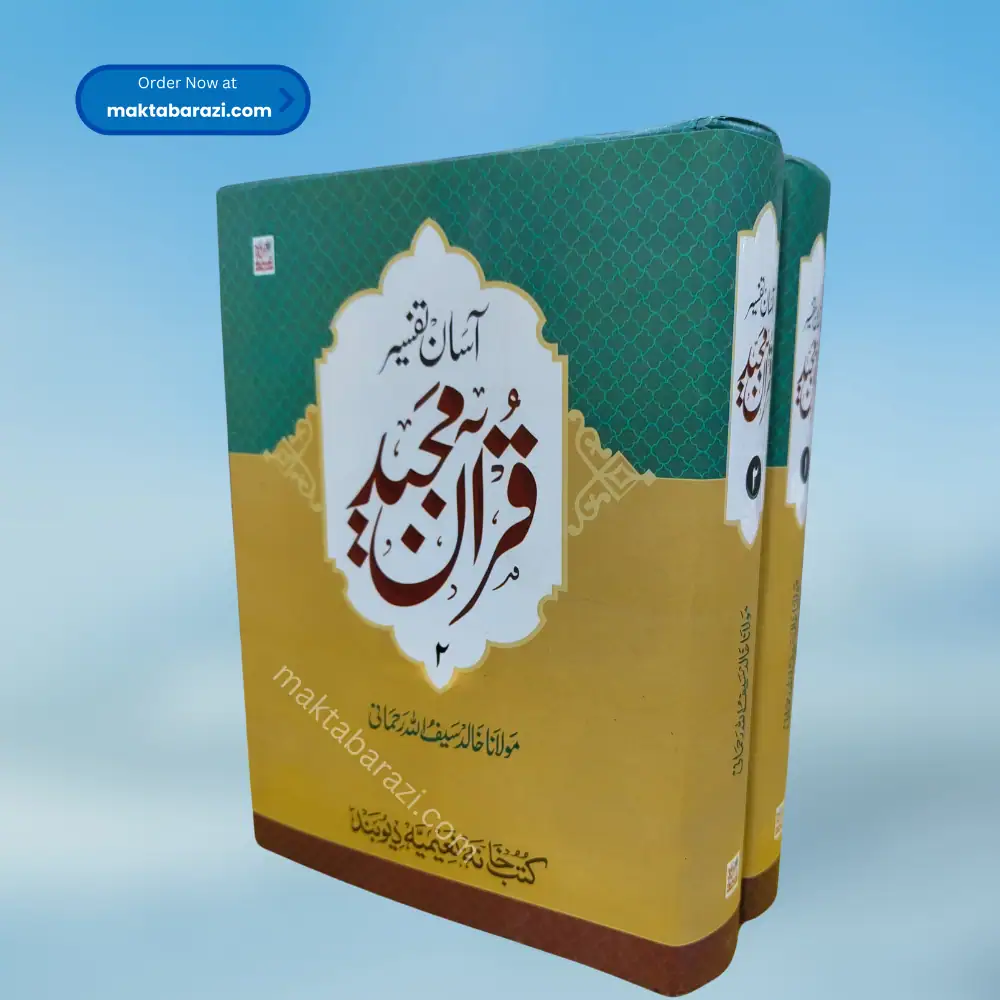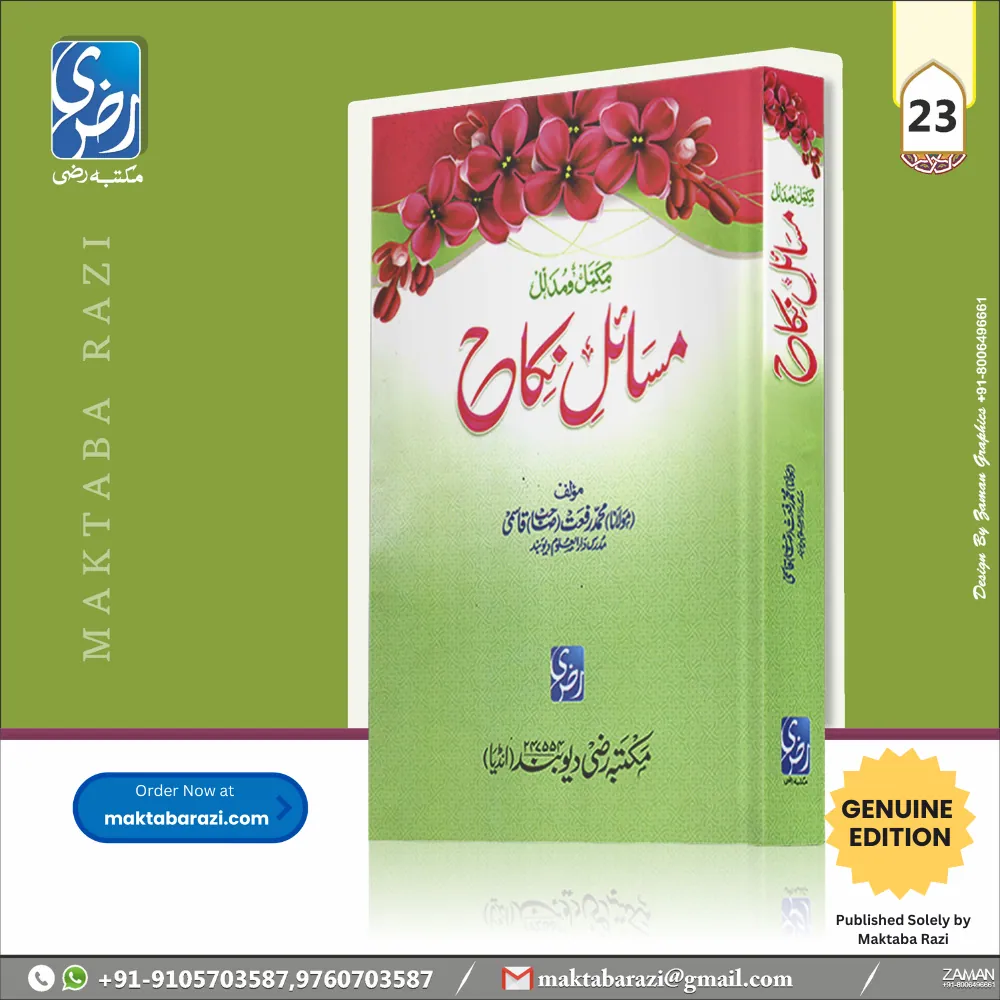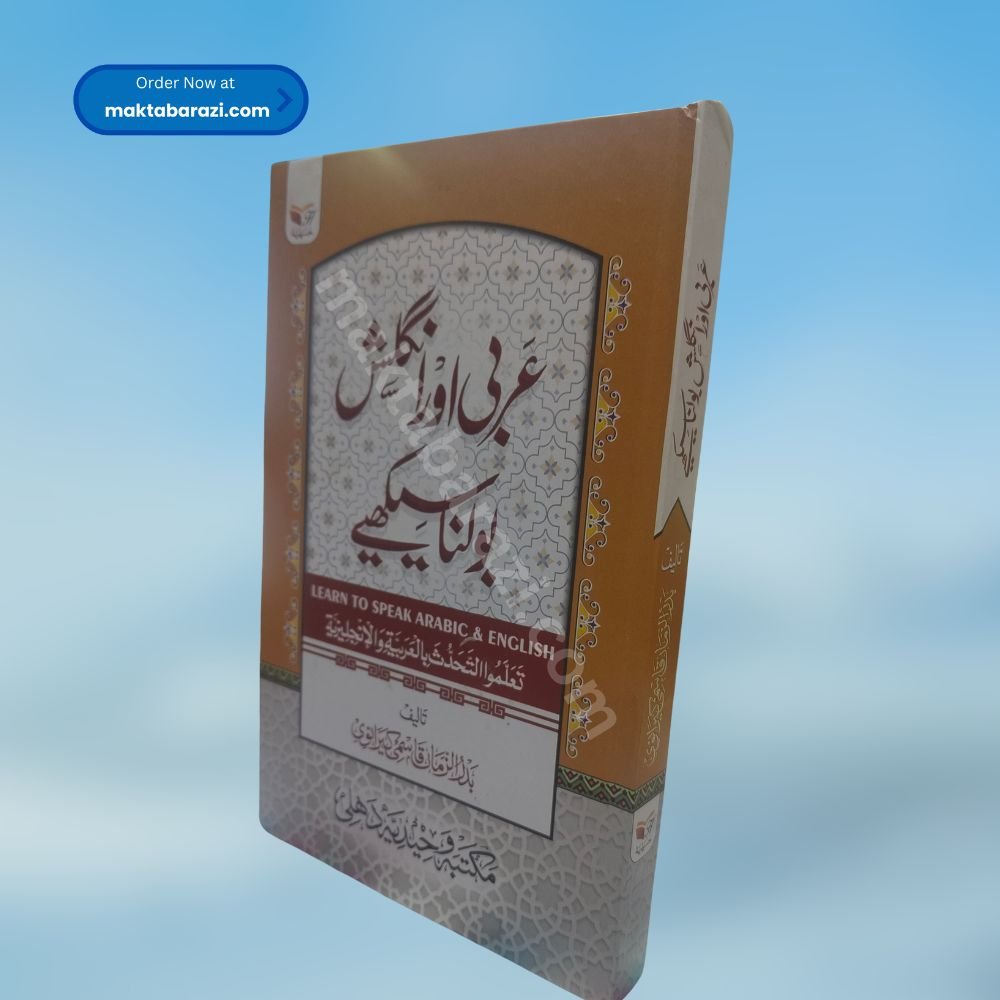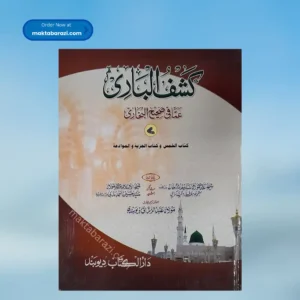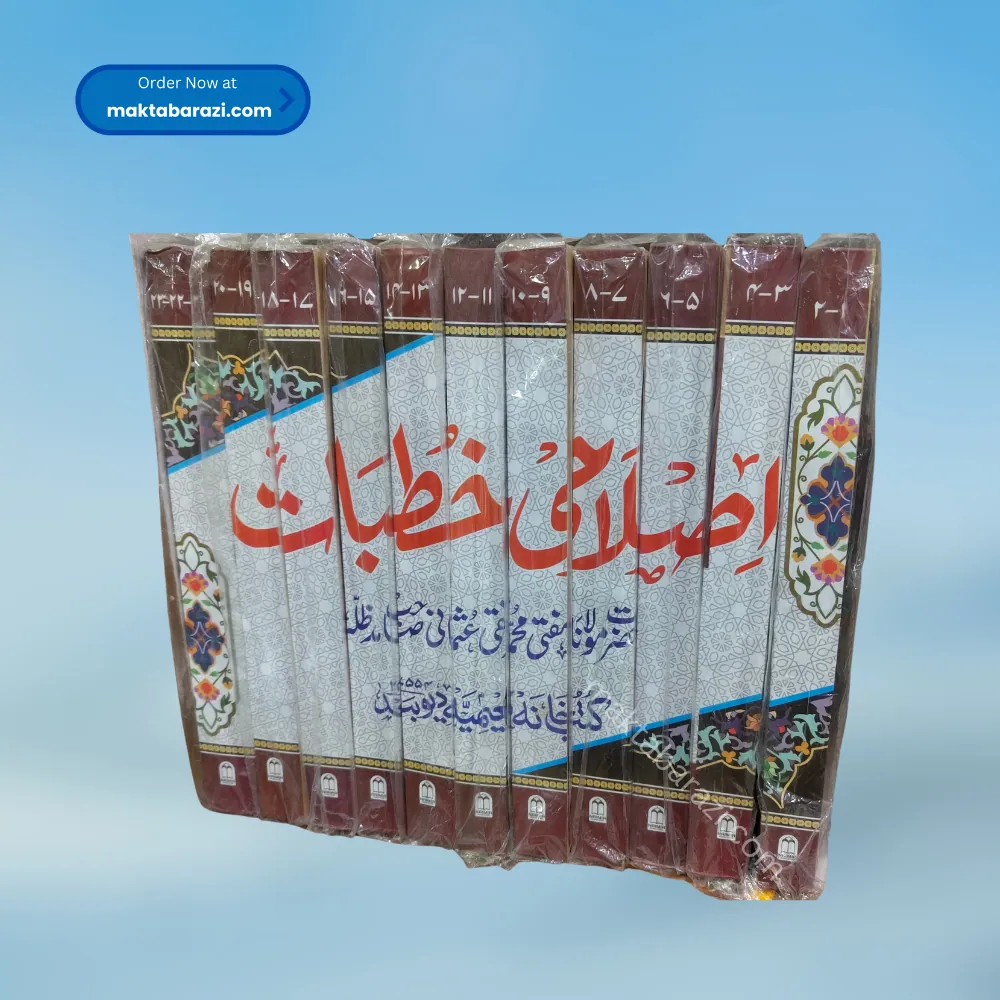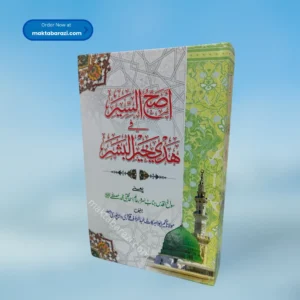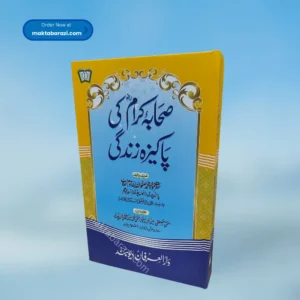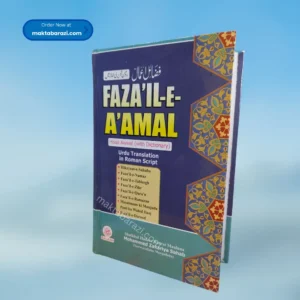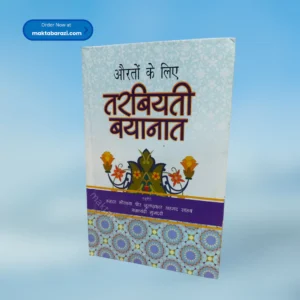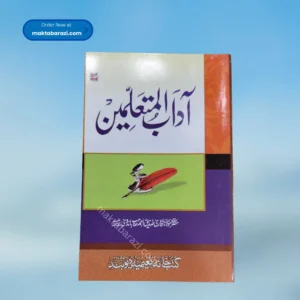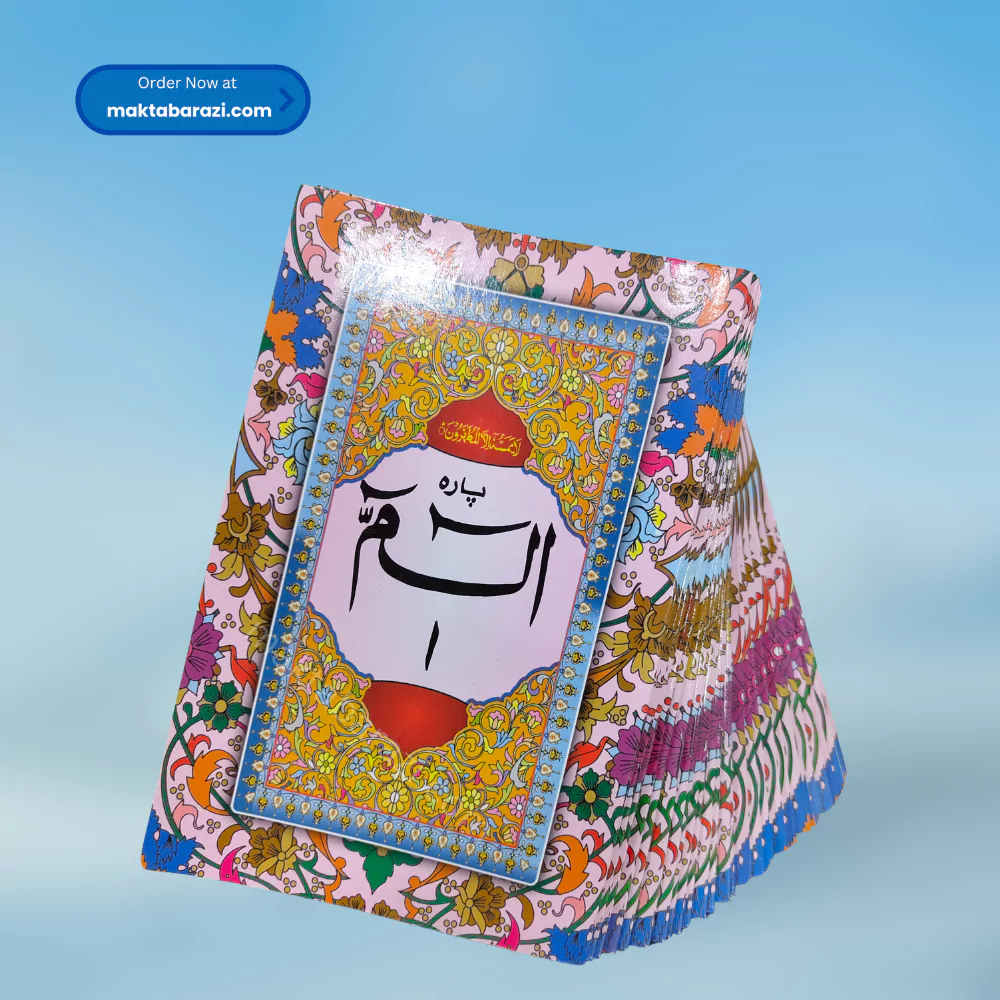
17 Eye-Opening Scientific Miracles in the Quran Backed by Modern Science.
The Scientific Miracles in the Quran continue to amaze scholars, scientists, and believers alike. Revealed over 1,400 years ago, the Quran contains numerous verses that align with modern scientific discoveries—long before the advancement of modern technology.
From the formation of the universe and the development of the human embryo to the water cycle and deep-sea phenomena, these miracles offer powerful evidence of divine knowledge. In this article, we explore 17 remarkable scientific facts mentioned in the Quran that prove its timeless wisdom and unmatched insight into the natural world.
Scientific Miracles in the Quran
These miracles are not mere coincidences or poetic expressions—they reflect intricate knowledge of the universe that was unknown to humanity at the time of revelation. The Quran encourages reflection, urging readers to observe the signs in creation.
As scientific understanding advances, more verses are being recognized for their astonishing accuracy, reinforcing the belief that the Quran is a divine book with knowledge beyond human capability.
1. The Big Bang Theory
📖 Verse (Surah Al-Anbiya 21:30):
أَوَلَمْ يَرَ ٱلَّذِينَ كَفَرُوٓاْ أَنَّ ٱلسَّمَـٰوَٰتِ وَٱلْأَرْضَ كَانَتَا رَتْقًۭا فَفَتَقْنَـٰهُمَا
Translation: “Do not those who disbelieve see that the heavens and the Earth were joined together, then We split them apart?”
Explanation: Modern cosmology states that the universe began with a massive explosion known as the Big Bang, from a single, compact point where all matter and energy were united. This concept mirrors the Qur’anic verse in Surah Al-Anbiya (21:30), which says: “Do not those who disbelieve see that the heavens and the Earth were joined together, then We split them apart?” The use of the words “joined together” and “split apart” strongly reflects the current scientific understanding that the universe originated from a single entity and then expanded.
This alignment between modern science and a 1,400-year-old verse is astonishing, especially considering that the Big Bang theory was proposed only in the 20th century. Many see this verse as compelling evidence that the Qur’an contains knowledge far ahead of its time.
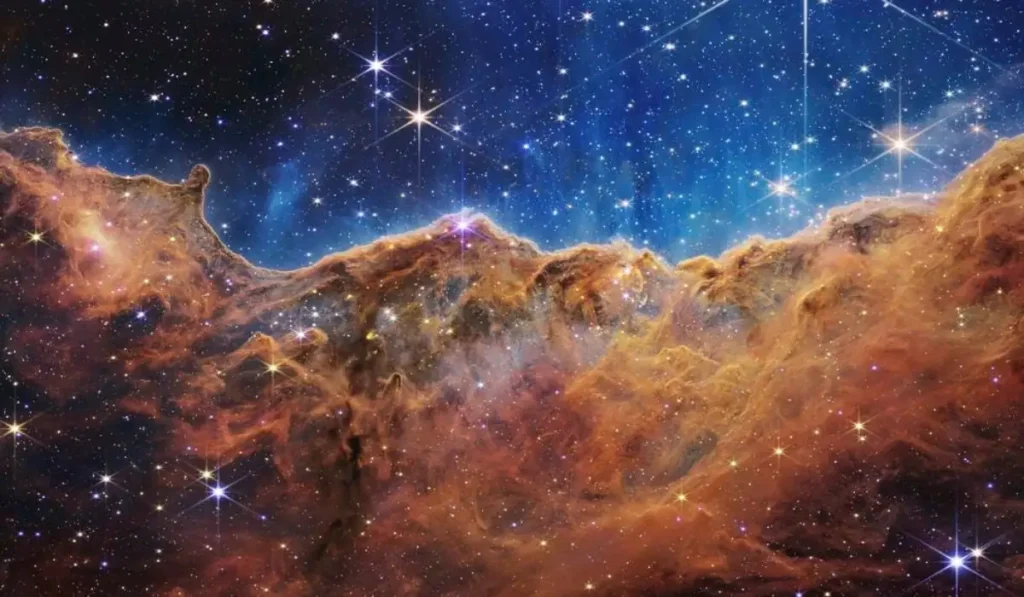
2. The Expanding Universe
📖 Verse (Surah Adh-Dhariyat 51:47):
وَٱلسَّمَآءَ بَنَيْنَـٰهَا بِأَيْي۟دٍۢ وَإِنَّا لَمُوسِعُونَ
Translation: “And We built the heaven with might, and indeed, We are [its] expander.”
Explanation: In the 20th century, astronomers like Edwin Hubble discovered that galaxies are moving away from each other, proving that the universe is constantly expanding. This concept forms a fundamental part of modern cosmology. Remarkably, the Qur’an alludes to this phenomenon in Surah Adh-Dhariyat (51:47), stating: “And We built the heaven with might, and indeed, We are [its] expander.”
The Arabic word “مُوسِعُونَ (mūsiʿūn)” implies continuous expansion — not just a one-time act of creation. This idea was completely unknown in human history until relatively recently, yet it is clearly mentioned in the Qur’an over 1,400 years ago.
3. Human Embryonic Development
📖 Verse (Surah Al-Mu’minun 23:14):
ثُمَّ خَلَقْنَا ٱلنُّطْفَةَ عَلَقَةًۭ فَخَلَقْنَا ٱلْعَلَقَةَ مُضْغَةًۭ…
Translation: “Then We made the sperm-drop into a clinging clot, and We made the clot into a lump [of flesh]…”
Explanation: Modern embryology has confirmed that human development occurs in a series of precise stages, exactly as described in the Qur’an. In Surah Al-Mu’minun (23:14), the verse states: “Then We made the sperm-drop into a clinging clot, and We made the clot into a lump [of flesh]…” This verse outlines three key stages: nutfah (sperm-drop), alaqah (a clinging clot, resembling the embryo attached to the uterine wall), and mudghah (a chewed-like lump, matching the somite stage where the embryo appears segmented like teeth marks).
These stages are consistent with what scientists observe under microscopes today. What makes this even more remarkable is that these intricate developmental details were revealed in the Qur’an over 1,400 years ago, long before the invention of modern imaging technology.

4. Mountains as Pegs
📖 Verse (Surah An-Naba 78:7):
وَٱلْجِبَالَ أَوْتَادًۭا
Translation: “And the mountains as pegs?”
Explanation: Geological research has shown that mountains have deep roots beneath the Earth’s surface, often several times their height above ground. These roots anchor the Earth’s crust and help stabilize it, much like pegs hold a tent in place. The Qur’an refers to this in Surah An-Naba (78:7), saying: “And the mountains as pegs?” The Arabic word “أوتاد” (awtād) means stakes or pegs, which vividly illustrates how mountains function geologically. This analogy was unknown in ancient times and has only been understood through modern geology and seismology.
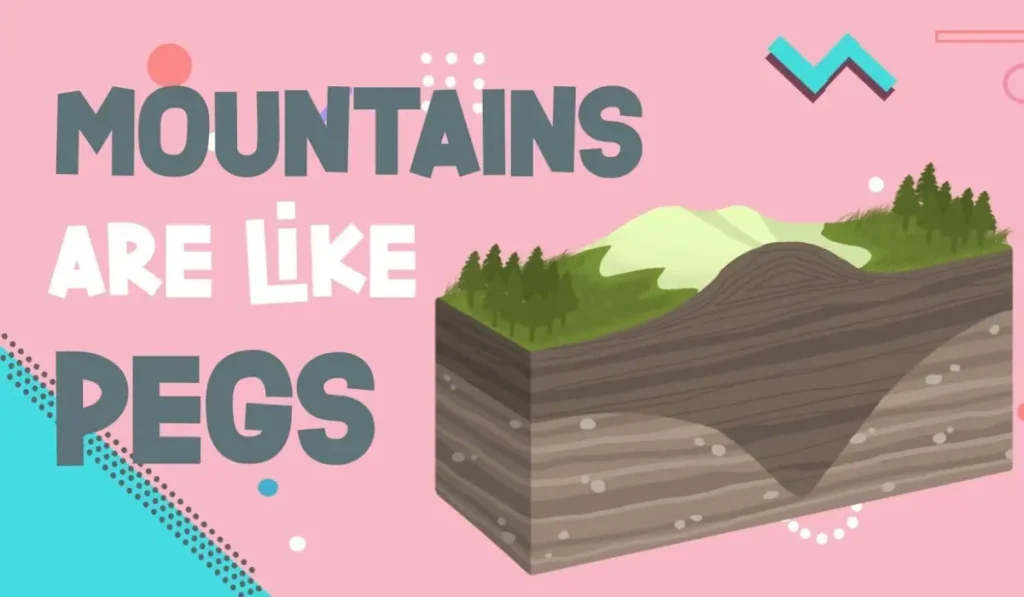
5. Barrier Between Salt and Fresh Water
📖 Verse (Surah Ar-Rahman 55:19-20):
مَرَجَ ٱلْبَحْرَيْنِ يَلْتَقِيَانِ. بَيْنَهُمَا بَرْزَخٌۭ لَّا يَبْغِيَانِ
Translation: “He released the two seas, meeting [side by side]; Between them is a barrier [so] neither of them transgresses.”
Explanation: Oceanographers have discovered that when bodies of salt water and fresh water meet — such as where rivers meet the seas — they do not immediately mix due to differences in temperature, salinity, and density. Instead, a distinct barrier forms between them, maintaining each water body’s characteristics for a considerable distance. This phenomenon is precisely described in the Qur’an in Surah Ar-Rahman (55:19-20): “He released the two seas, meeting [side by side]; Between them is a barrier [so] neither of them transgresses.” The word “barzakh” (barrier) in Arabic refers to an unseen partition, which corresponds to the thermocline or halocline layers identified by marine science. This level of detail about oceanic behavior could not have been known to anyone 1,400 years ago, yet it is clearly mentioned in the Qur’an

6. Protective Sky/Atmosphere
📖 Verse (Surah Al-Anbiya 21:32):
وَجَعَلْنَا ٱلسَّمَآءَ سَقْفًۭا مَّحْفُوظًۭا
Translation: “And We made the sky a protected ceiling…”
Explanation: Modern science has shown that the Earth’s atmosphere serves as a protective shield for life on our planet. It blocks harmful rays from the sun, burns up meteors before they reach the ground, and regulates temperature to sustain life. The Qur’an alludes to this vital function in Surah Al-Anbiya (21:32): “And We made the sky a protected ceiling…” The Arabic phrase “سَقْفًا مَّحْفُوظًا (saqfan maḥfūẓan)” literally means a well-guarded roof, which accurately describes the role of the atmosphere. At a time when people had no understanding of space or atmospheric layers, the Qur’an precisely mentioned the sky’s protective qualities.

7. Iron Was Sent Down
📖 Verse (Surah Al-Hadid 57:25):
…وَأَنزَلْنَا ٱلْحَدِيدَ فِيهِ بَأْسٌۭ شَدِيدٌۭ…
Translation: “…And We sent down iron, wherein is strong material…”
Explanation: Modern astrophysics reveals that iron is not naturally formed on Earth. Instead, it is produced in massive stars through a process called nucleosynthesis, and when these stars explode in supernovae, iron is scattered across space — eventually reaching planets like Earth. The Qur’an alludes to this cosmic origin in Surah Al-Hadid (57:25): “…And We sent down iron, wherein is strong material…” The use of the phrase “sent down” (أنزلنا) is particularly striking, suggesting iron’s extraterrestrial origin. While ancient people believed iron was mined from the earth, the Qur’an indicated its heavenly origin centuries before science confirmed it.
8. Fingerprints Uniqueness
📖 Verse (Surah Al-Qiyamah 75:4):
بَلَىٰ قَـٰدِرِينَ عَلَىٰٓ أَن نُّسَوِّىَ بَنَانَهُۥ
Translation: “Yes. [We are] Able to perfectly restore his fingertips.”
Explanation: Every human being has a unique pattern of fingerprints, and no two individuals — even identical twins — share the same fingerprint structure. This biometric fact is now used globally for identification purposes. Remarkably, the Qur’an makes reference to this detail in Surah Al-Qiyamah (75:4): “Yes. [We are] Able to perfectly restore his fingertips.” The verse specifically mentions “banānah” (fingertips), emphasizing not just resurrection in general, but the exact recreation of even the smallest and most intricate parts of the human body. This specificity is noteworthy, considering that the uniqueness of fingerprints was only discovered in the late 19th century.
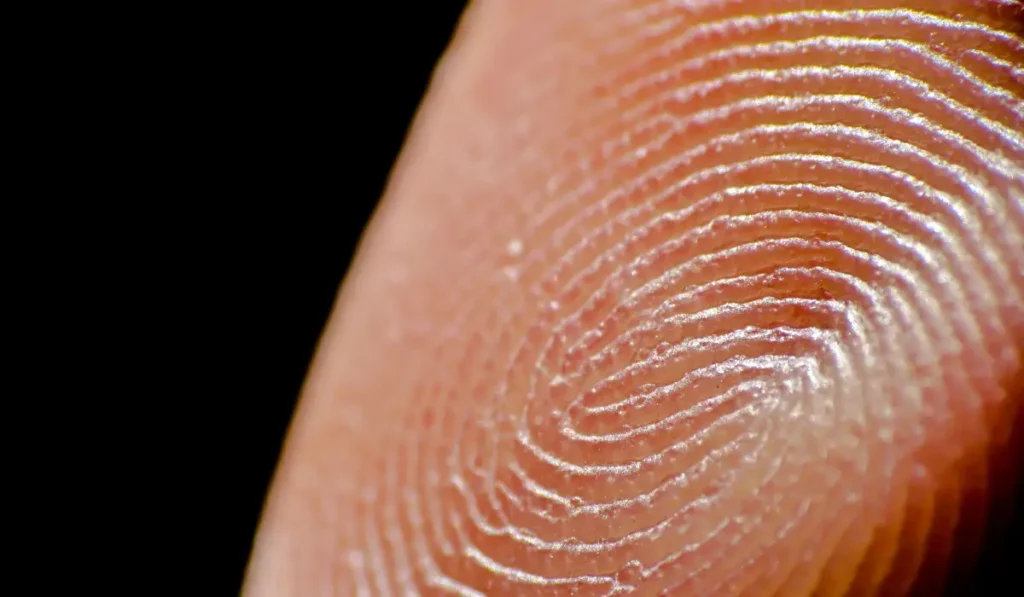
9. Moon’s Light is Reflected
📖 Verse (Surah Al-Furqan 25:61):
وَجَعَلَ ٱلْقَمَرَ فِيهِنَّ نُورًۭا
Translation: “…and made the moon a light…”
Explanation: Modern astronomy has confirmed that the moon does not generate its own light but instead reflects the light of the sun. The Qur’an refers to this in Surah Al-Furqan (25:61): “…and made the moon a light…” The Arabic word used here for light is “nūr” (نُورًا), which implies reflected or borrowed light, unlike the word “ḍiyā’” used for the sun in other verses, which means self-generating light. This distinction in terminology is significant and scientifically accurate. While ancient civilizations often assumed the moon emitted its own light, the Qur’an clearly differentiated between the two over 1,400 years ago — long before telescopes or modern space science.

10. The Role of Pain Receptors in Skin
📖 Verse (Surah An-Nisa 4:56):
كُلَّمَا نَضِجَتْ جُلُودُهُم بَدَّلْنَـٰهُمْ جُلُودًۭا غَيْرَهَا لِيَذُوقُواْ ٱلْعَذَابَ
Translation: “…Every time their skins are roasted through, We will replace them with other skins so they may taste the punishment.”
Explanation: Modern science has revealed that the pain receptors in the human body are primarily located in the skin, especially in its outer layers. When the skin is severely burned, these receptors are destroyed, and the ability to feel pain is lost. Remarkably, the Qur’an refers to this scientific fact in Surah An-Nisa (4:56): “…Every time their skins are roasted through, We will replace them with other skins so they may taste the punishment.” This verse highlights a deep understanding of pain sensation — implying that pain is directly connected to the skin and not merely internal. This knowledge was only discovered in recent centuries, yet it was mentioned in the Qur’an over 1,400 years ago, long before the field of neuroscience existed.

11. The Origin of Milk
📖 Verse (Surah An-Nahl 16:66):
…مِنۢ بَيْنِ فَرْثٍۢ وَدَمٍۢ لَّبَنًۭا خَالِصًۭا سَآئِغًۭا لِّلشَّـٰرِبِينَ
Translation: “…from between excretions and blood, We produce for you milk, pure and palatable to drinkers.”
Explanation: The Qur’an in Surah An-Nahl (16:66) states: “…from between excretions and blood, We produce for you milk, pure and palatable to drinkers.” This verse accurately describes the biological process of milk production. Scientifically, we now know that milk is formed in the mammary glands, which are nourished by substances transported through the bloodstream, including nutrients absorbed from digested food in the intestines. The reference to milk being produced “between excretions and blood” captures this complex internal process where digested food (excretion) and blood play a vital role in the synthesis of milk.
12. Pain Sensation in the Brain
📖 Verse (Surah Al-A’raf 7:179):
لَهُمْ قُلُوبٌۭ لَّا يَفْقَهُونَ بِهَا…
Translation: “They have hearts with which they do not understand…”
Explanation: Modern neuroscience has revealed that the sensation of pain and understanding does not occur in the heart, as once believed in ancient times, but rather in the brain. The Qur’an, however, uses the word “hearts” metaphorically in verses like Surah Al-A’raf (7:179), where it says: “They have hearts with which they do not understand…” This usage reflects not the physical heart, but the center of consciousness, understanding, and perception, which we now know is the brain. Interestingly, modern research has also identified pain receptors in the skin and their connection to the brain through the nervous system. While older societies misunderstood pain as being felt in other body parts, the Qur’an’s language subtly aligns with today’s understanding that intellectual and emotional faculties reside in the brain, reinforcing the idea that the Qur’anic description was far ahead of its time in distinguishing between metaphorical and physical functions.
13. Honey as a Healing Agent
📖 Verse (Surah An-Nahl 16:69):
فِيهِ شِفَآءٌۭ لِّلنَّاسِ
Translation: “…in it (honey) is healing for mankind.”
Explanation: Modern science has validated the Qur’an’s statement that honey contains healing properties. Research in medical science and nutrition has shown that honey has powerful antibacterial, antifungal, and antioxidant properties. It has been used to treat wounds, sore throats, digestive issues, and even skin infections. Medical studies have found that honey promotes tissue regeneration and reduces inflammation, making it effective in both traditional and modern medicine.

14. Development in Three Veils of Darkness
📖 Verse (Surah Az-Zumar 39:6):
يَخْلُقُكُمْ فِى بُطُونِ أُمَّهَـٰتِكُمْ خَلْقًۭا مِّنۢ بَعْدِ خَلْقٍۢ فِى ظُلُمَـٰتٍۢ ثَلَـٰثٍۢ
Translation: “He creates you in the wombs of your mothers, in stages, within three layers of darkness.”
Explanation: Modern embryology has shown that the human fetus develops inside the mother’s womb in distinct stages and is protected by multiple layers. Scientists now identify three physical layers of darkness surrounding the fetus: (1) the abdominal wall, (2) the uterine wall, and (3) the amniotic sac with its surrounding fluid. Each layer plays a vital role in protecting and nurturing the developing embryo. The Qur’an mentions this process in Surah Az-Zumar (39:6), stating that humans are created in their mothers’ wombs “in stages, within three layers of darkness.
15. Winds as Fertilizers
📖 Verse (Surah Al-Hijr 15:22):
وَأَرْسَلْنَا ٱلرِّيَـٰحَ لَوَٰقِحَ
Translation: “And We send the fertilizing winds…”
Explanation: Modern science has confirmed that wind plays a crucial role in the fertilization process in both plant life and atmospheric conditions. Winds help transfer pollen from one flower to another, enabling the reproduction of many plant species — a process known as pollination. Additionally, winds lift and distribute moisture, seeds, and even microbes across vast distances, contributing to the natural cycle of growth and renewal.

16. Darkness in Deep Seas
📖 Verse (Surah An-Nur 24:40):
…ظُلُمَـٰتٌۭ بَعْضُهَا فَوْقَ بَعْضٍ…
Translation: “…Layers of darkness, one above the other…”
Explanation: Modern oceanography has revealed that sunlight cannot penetrate beyond about 200 meters (656 feet) into the ocean. Below this depth, there is little to no light, and beyond 1000 meters, total darkness prevails. The deep sea is composed of multiple layers, each with decreasing light and increasing darkness. The Qur’an’s description — “…layers of darkness, one above the other…” (Surah An-Nur 24:40) — perfectly reflects this scientific reality. At the time of the Qur’anic revelation, no human had the technology to explore or observe the deep sea, making this an extraordinary insight that matches modern discoveries. This verse illustrates a level of scientific precision that supports the belief in the divine source of the Qur’an.
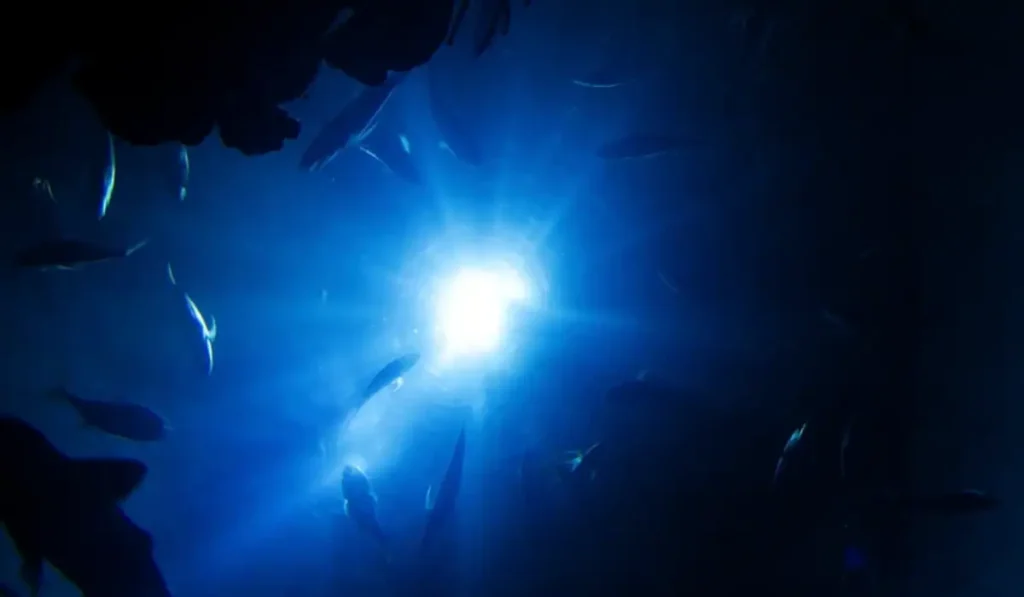
17. Creation from Water
📖 Verse (Surah Al-Anbiya 21:30):
وَجَعَلْنَا مِنَ ٱلْمَآءِ كُلَّ شَىْءٍۢ حَىٍّ
Translation: “…And We made from water every living thing.”
Explanation: Modern science has confirmed that water is the fundamental component of all living organisms. Every cell in plants, animals, and humans contains cytoplasm—a gel-like substance made up mostly of water—which is essential for various cellular processes. Water facilitates the transport of nutrients, aids in chemical reactions, and helps regulate temperature, making it indispensable for sustaining life. The Qur’an’s mention of this fact over 1,400 years ago, long before the invention of microscopes or the development of cell theory, highlights a profound scientific truth that was unknown at the time.
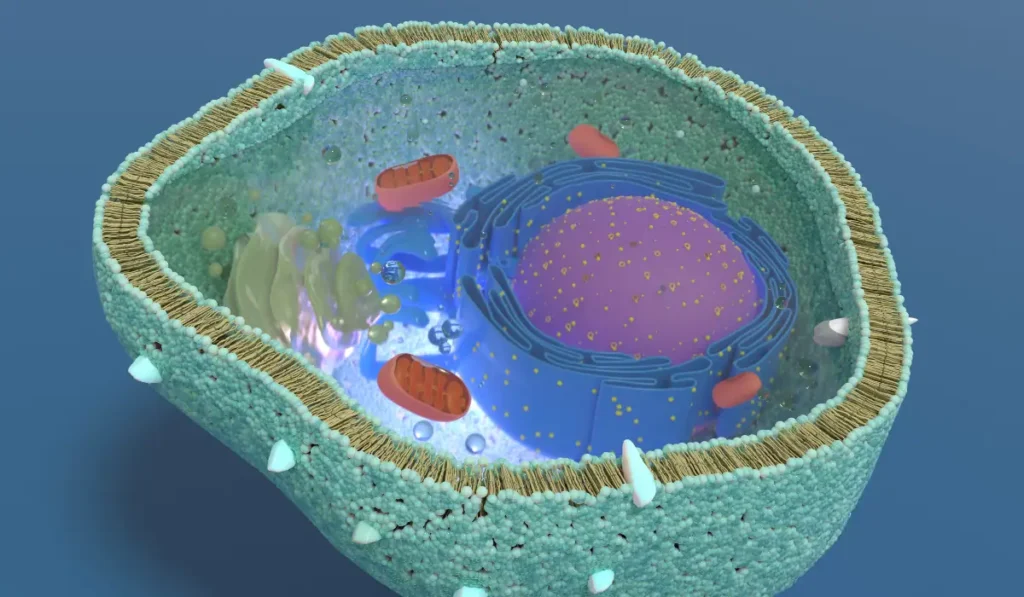
Also Read: Short Biography & List Of Books Written by Maulana Mufti Taqi Usmani.
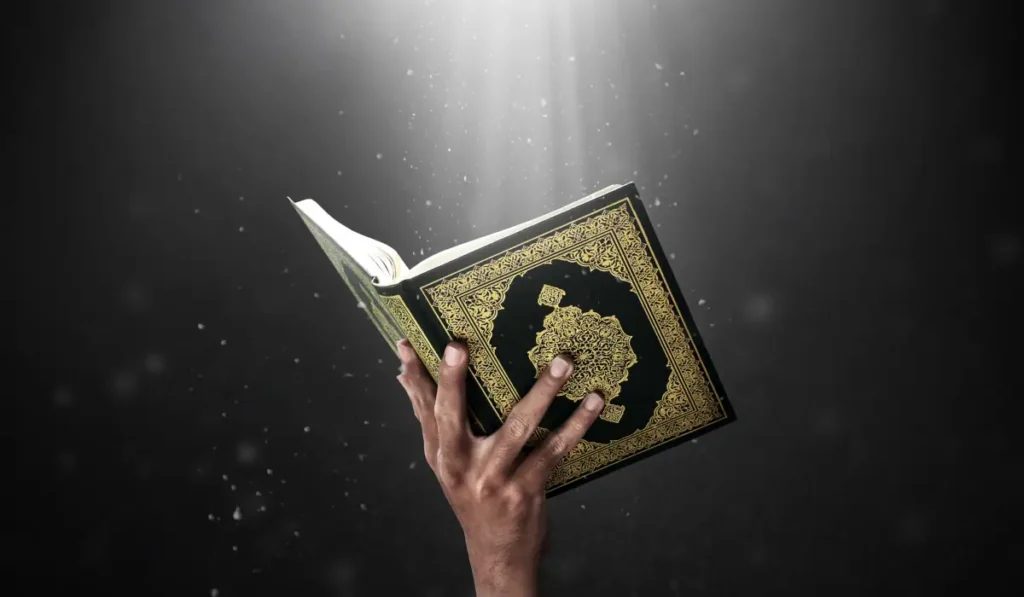
Conclusion
These miracles in the Quran, revealed over 1,400 years ago, align closely with modern science — a clear sign for those who reflect. Whether you’re a believer or just curious, these verses are a profound example of the harmony between faith and reason.
Q: Are these scientific verses interpretations or miracles?
A: Many scholars see these as miraculous foresight or at least deeply symbolic signs with strong correlation to science.
Q: Can science prove the Quran is from God?
A: While science doesn’t direcly“prove” divine origin, it enhances the credibility of the Quran’s claims for believers and seekers alike.
Q: Were these facts known during Prophet Muhammad’s time?
A: No. Most of these scientific insights were discovered many centuries later, strengthening the argument of divine revelation.










